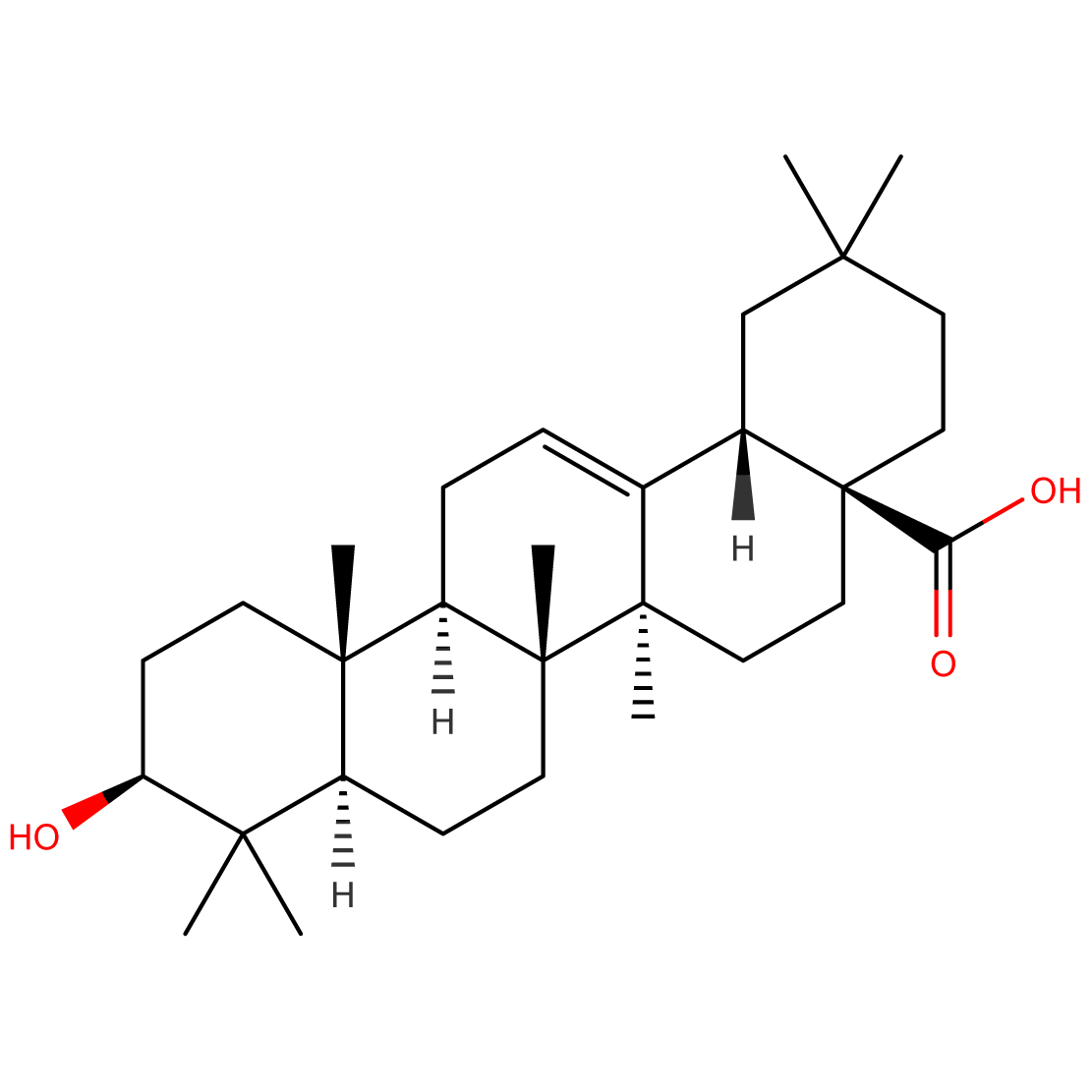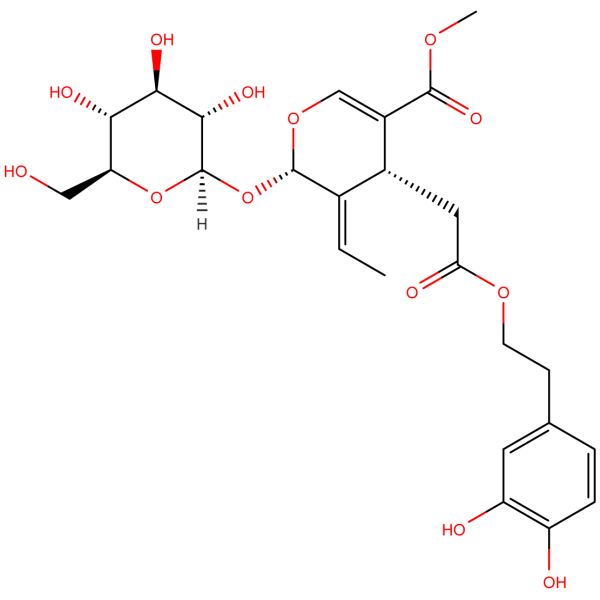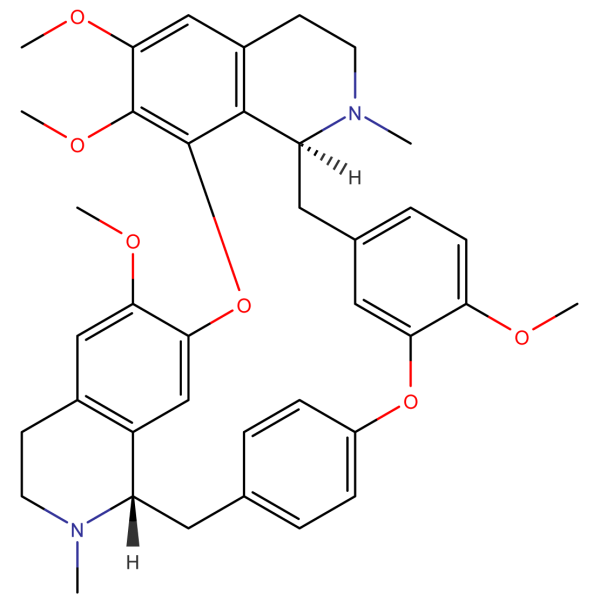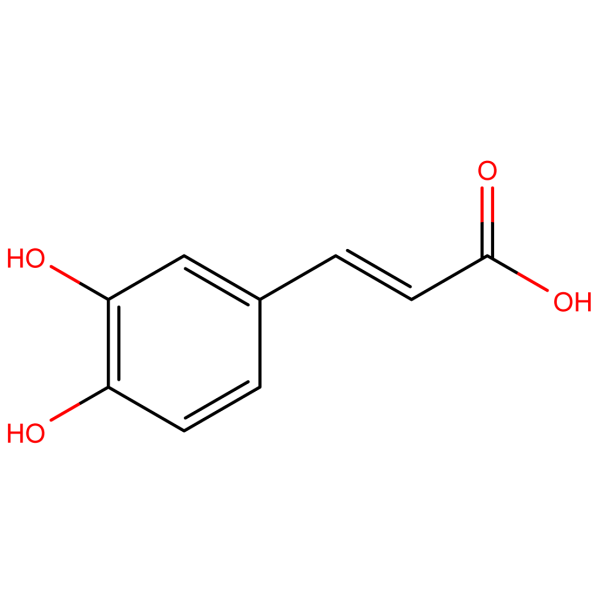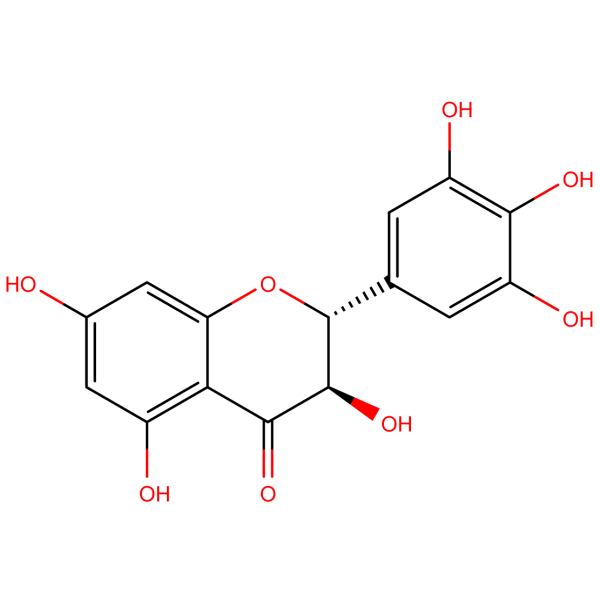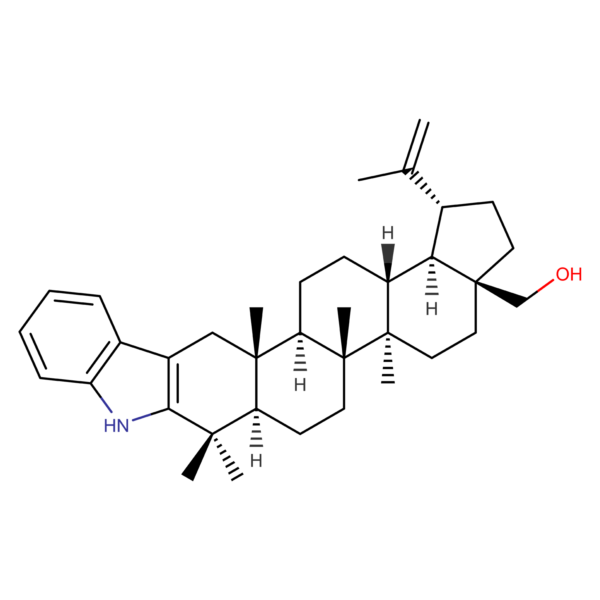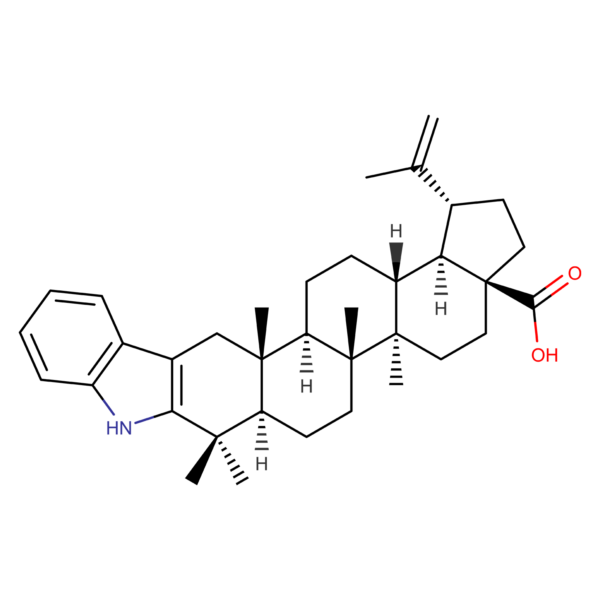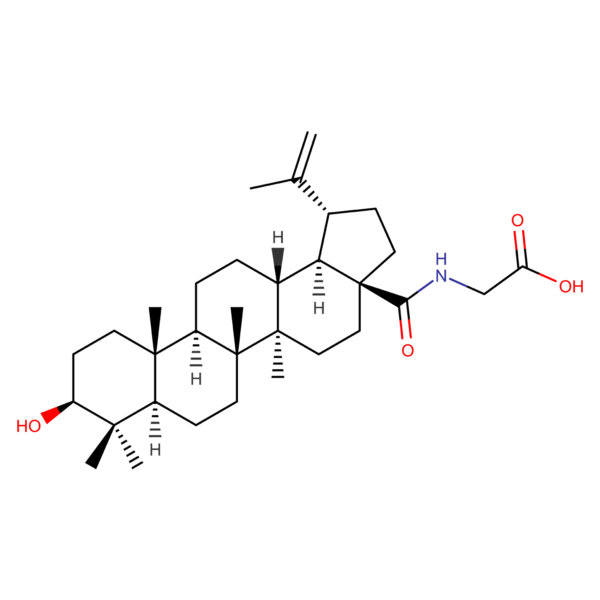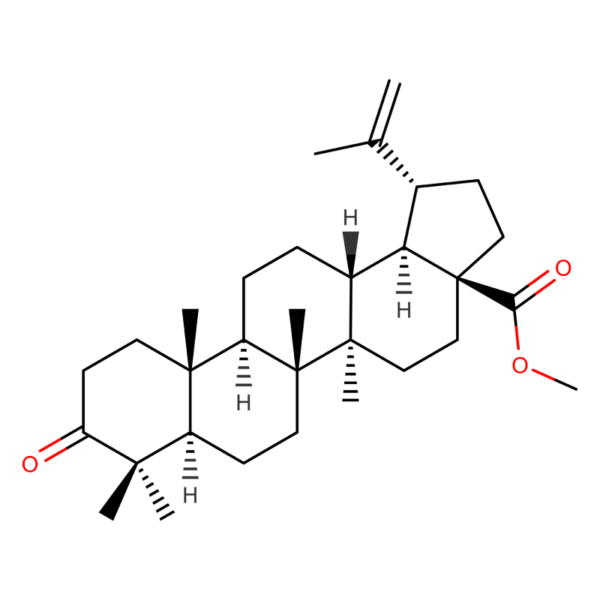Oleanolic Acid (CAS 508-02-1): Potent Triterpenoid for Advanced Biomedical Research
1. Molecular Identity
- Chemical Name: 3β-Hydroxyolean-12-en-28-oic acid
- CAS Number: 508-02-1
- Source: Widely distributed in various plants, particularly abundant in olive oil
2. Biochemical Significance
Oleanolic Acid (CAS 508-02-1) is a pentacyclic triterpenoid with diverse biological activities. Its unique molecular structure contributes to its potential therapeutic properties, making it a compound of significant interest in pharmaceutical research and natural product studies.
3. Key Properties of Oleanolic Acid (CAS 508-02-1)
- Hepatoprotective: Demonstrates liver-protecting effects
- Anti-inflammatory: Exhibits ability to modulate inflammatory responses
- Anticancer Potential: Shows promise in various cancer models
- Antioxidant: Displays free radical scavenging capabilities
4. Potential Research Applications
- Liver disease studies and hepatoprotective drug development
- Cancer research and chemoprevention investigations
- Anti-inflammatory and immunomodulatory studies
- Metabolic syndrome and diabetes research
5. Current Research Focus
Ongoing studies are investigating Oleanolic Acid’s effects on:
- Various liver disorders, including fatty liver disease and fibrosis
- Different cancer types and mechanisms of action
- Inflammatory signaling pathways and autoimmune conditions
- Glucose and lipid metabolism
6. Formulation Challenges and Innovations
Researchers are actively working on:
- Enhancing bioavailability through novel delivery systems
- Developing semi-synthetic derivatives with improved pharmacological profiles
- Creating synergistic combinations with other bioactive compounds
7. Regulatory Considerations
Oleanolic Acid (CAS 508-02-1) is generally recognized as safe (GRAS) for use in certain food applications. Its use in specific therapeutic applications may require additional regulatory approval depending on the jurisdiction and intended use.
8. Future Research Directions
The scientific community anticipates:
- Advanced clinical trials for liver diseases and metabolic disorders
- Exploration of Oleanolic Acid’s potential in combination therapies
- Investigation of its mechanisms of action at the molecular level
9. Collaborative Opportunities
We invite hepatologists, oncologists, pharmacologists, and academic institutions to explore the research potential of Oleanolic Acid. For inquiries, collaborations, or to discuss how this compound can benefit your research projects, please contact us at sales@nstchemicals.com.
Join us in advancing biomedical research with Oleanolic Acid (CAS 508-02-1) – a versatile triterpenoid at the forefront of natural product-based therapeutic strategies.

